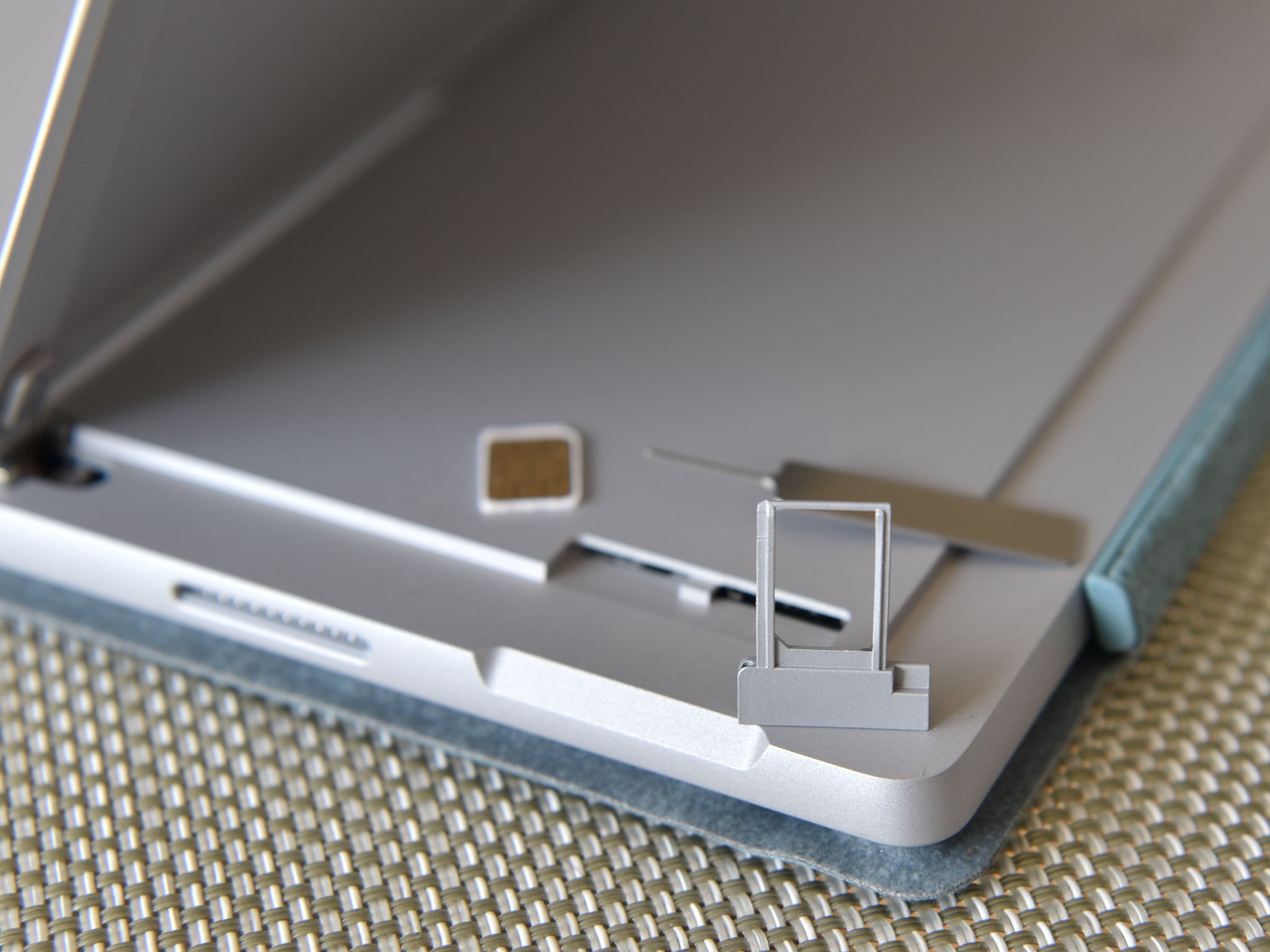Why Microsoft might go with an Intel chip in a new budget 10-inch Surface
While ARM might make more sense in a budget Surface designed for casual use, there's good reason why Microsoft may opt for Intel instead.

Earlier this week, a new report emerged online that claimed Microsoft is planning to ship a new budget 10-inch Surface device later this year. The last time Microsoft updated its "budget" line of Surface tablets was in 2014 with the Surface 3, which shipped with Windows 8.1 and was powered by an Intel ATOM processor. A lot has changed since then; ATOM is more or less no more, and Microsoft has started investing in bringing Windows 10 to ARM processors.
Microsoft's budget line of Surface tablets have never been power-houses, and that's because they're not supposed to be. The Surface RT, Surface 2 and Surface 3 were all aimed at doing light productivity work and normal consumer-related activities. If you needed a device for video editing or a more heavy workload, you'd spend a little more and get a Surface Pro. But the standard, non-pro line of Surface tablets was always great for low-powered chips.
So, a natural successor to the Surface 3 would be a Surface 4 powered by ARM, right? Well, apparently not. According to the report, the next budget Surface will be powered by Intel, and Mary-Jo Foley hears this will be an Intel M chip. An Intel M-based chip is way better than an ATOM one, that's for sure, but with Microsoft betting big on ARM, why would the company opt for Intel in its own budget, low-powered line of Surface tablets over Snapdragon? Surely, this is where an ARM processor makes the most sense in Microsoft's Surface line-up, right?
I personally think that yes, an ARM processor would make more sense here. However, there's likely good reason behind Microsoft's choice of going with an Intel chip instead. It's possible that this new budget Surface will be marketed primarily at students and education, just like the Surface 3 was. In most cases, students don't want or care about LTE in their PCs, and unfortunately, Qualcomm requires all Windows devices that ship with a Snapdragon processor to have LTE capabilities. And Microsoft likely wants to sell non-LTE variants of this device.
LTE or no LTE

As such, it's important for Microsoft to be able to sell a non-LTE version of its budget Surface tablets because that's the version that most people will want because of its lower price. The report does claim that an LTE model will be available but doesn't specify whether that version will be ARM powered. Regardless, assuming there won't be an ARM version, the LTE version of this new budget Surface can still be classed under the "Always Connected PCs" (ACPC) moniker Microsoft is pushing. Even without ARM, this new budget Surface will still be a modern PC.
The other probable reason for going with Intel over an ARM processor is likely due to the infancy that is Windows 10's x86 emulation. Right now, being able to emulate x86 on ARM is more of a safety net, put in there for emergencies when you really need to use it. You shouldn't be buying an ARM device if you're planning to use only emulated apps, because that experience will be slow and bad.
Microsoft's Surface 3 was a great little tablet when it was first released. In fact, for a while it was one of the more popular Surface devices on the market. The only issue with it today is that it aged rather poorly. The Intel ATOM chip it uses is a dog, and things like Micro-USB over Microsoft's own charging port or even USB-C is a no-go in 2018. All a new budget Surface needs to do update the processor, add USB-C, maybe shrink the bezels a little bit, and update the accessories with new designs that were introduced with the Surface Pro 4.
Get the Windows Central Newsletter
All the latest news, reviews, and guides for Windows and Xbox diehards.
A $400 Surface is nothing to laugh about. That price alone may be enough to make this new budget Surface the most popular Surface to date. Let's hope Microsoft can nail the execution.

